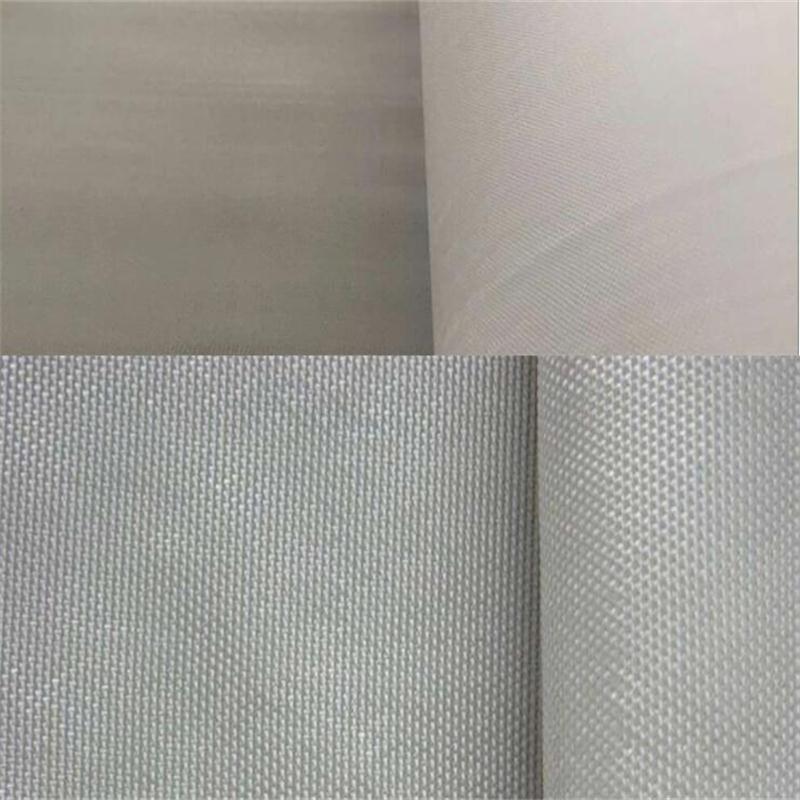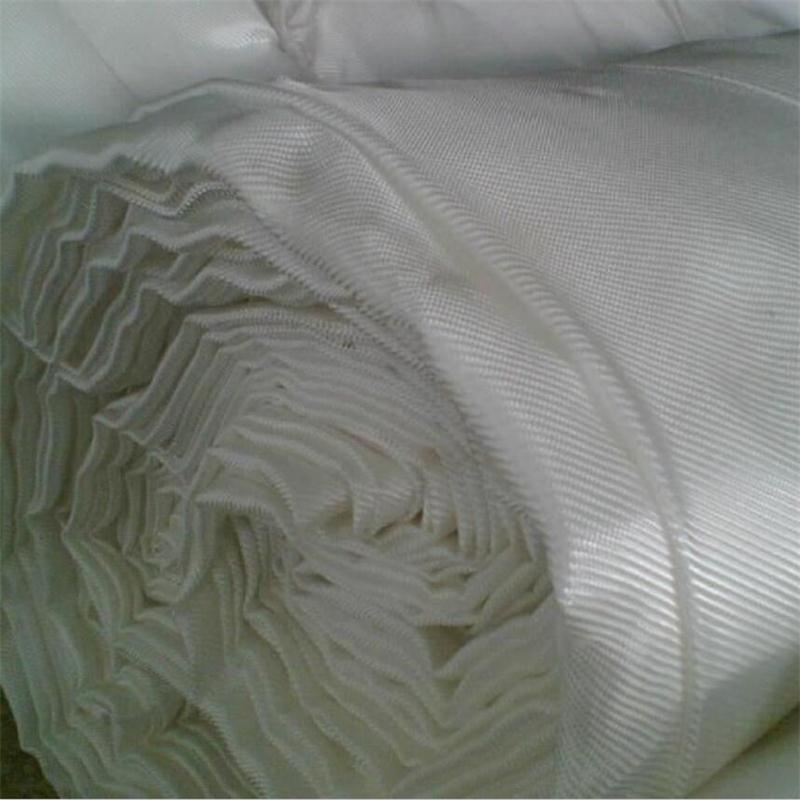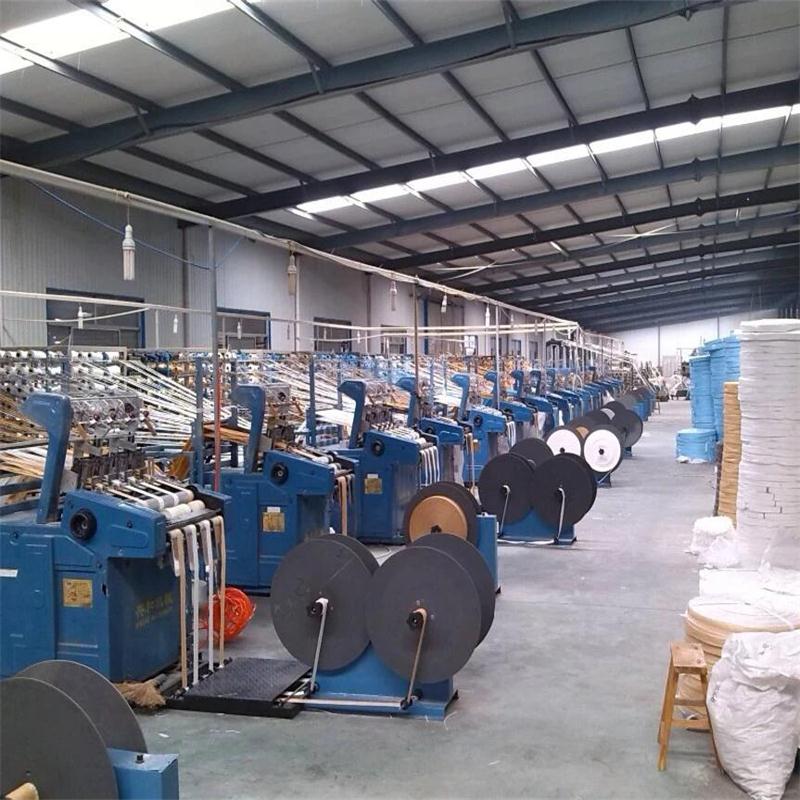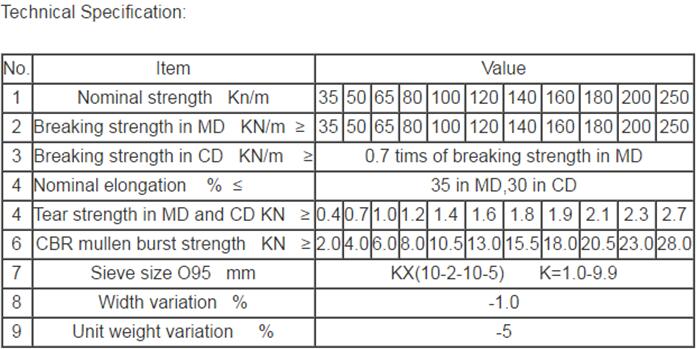Passivation is the last process step in chemical cleaning and is a critical step for the corrosion protection of materials. After the boiler is pickled, rinsed and rinsed, the metal surface is very clean, very activated, and easily corroded. Therefore, it must be passivated immediately to form a protective film on the cleaned metal surface to reduce corrosion.
Uses: The stainless steel "target=_blank> stainless steel is fully pickled and passivated to remove all kinds of oil, rust, scale, weld spots and other dirt. After treatment, the surface becomes uniform silver white, greatly improving stainless steel "target=_blank> stainless steel Corrosion resistance, suitable for all types of stainless steel "target=_blank> stainless steel parts, plates and equipment.
Features: easy to operate, easy to use, economical and practical, at the same time added high-efficiency corrosion inhibitors, anti-fogging agents, to prevent metal corrosion and hydrogen embrittlement, inhibit the generation of acid mist. It is especially suitable for small and complex workpieces. It is not suitable for the application of paste, which is superior to similar products in the market.
Usage: According to the stainless steel "target=_blank> stainless steel material and scale severity, you can use the stock solution or diluted with water in a ratio of 1:1~4; use austenite, martensite and nickel with low nickel content. Stainless steel "target=_blank> stainless steel (such as 420, 430, 200, 201, 202, 300, 301, etc.) diluted and used, austenitic stainless steel with high nickel content "target=_blank> stainless steel (such as 304, 321, 316, 316L, etc.) soaked in the original solution; generally used at room temperature or after heating to 50-60 degrees, soak for 3-20 minutes or longer (the specific time and temperature are determined by the user according to their own trial conditions), until the surface dirt is completely removed, It is uniformly silvery white and forms a uniform and dense passivation film. After the treatment is completed, it is taken out and rinsed with water. It is best to rinse it with alkaline water or lime water.
Passivation: The process of forming a trivalent or hexavalent chromium layer on a surface of a chromate solution with a metal, known as passivation, also known as chromization. It is mostly used for the treatment of aluminum, magnesium and its alloys. It can also form a chrome layer for steel, but it is rarely used alone. It is often used together with phosphating to close the pores of the phosphating layer and make the exposed steel in the phosphating layer blunt. To suppress the corrosion of the residual phosphating accelerator, further increasing the protective ability. When passivating, generally use potassium dichromate solution (2 ~ 4 g / liter, sometimes also add 1 ~ 2 grams of phosphoric acid), dip at 80-90 ° C for 2-3 minutes, take out, wash.
Http://news.chinawj.com.cn Editor: (Hardware Business Network Information Center) http://news.chinawj.com.cn
Woven Geotextile is interwoven by high tenacity PET or PP filament yarn into a dimensionally stable network.
The inherent characteristics of Polyesterhigh tensile strength and modulus,low elongation, low creep and high longterm design strength makes the good ideal for soil reinforcement application. The fabric develops excellent frictional interaction with a wide variety of soil and granular materials.
The relatively low openings of these fabrics enable them to act as efficient separators preventing the mixing of costly granular materials with finegrained soils. It has reasonably high permeability to prevent excessive buildup of porepressures due to applied loadings.

Multifilament Woven Geotextile are made of individual multifilament yarns woven together into a stable fabric structure with a superior combination of mechanical and hydraulic properties. These product series has excellent resistance to biological and chemical environments normally found in soils and are stable against short-term exposure to ultraviolet radiation.
Product Features:
- High tensile strength and modulus ,low elongation, low creep and high long-term design strength.
- Ease of Construction.
- Cost effective.
- Creep resistance.
- Consistency.
- Less differential settlement

Product Application:
- Separator and reinforcement for paved/unpaved roads.
- Area stabilization.
- Basal reinforcement of embankments on soft ground.
- Reinforced soil steep slopes.
-


Technical data:

Pp Woven Geotextile,Polypropylene Geotextile Fiber,Pp Woven Geotextiles Geotextile,Multifunctional Woven Geotextile
Shandong Tianhai New Materials Engineering Co., Ltd , https://www.chinatinhy.com